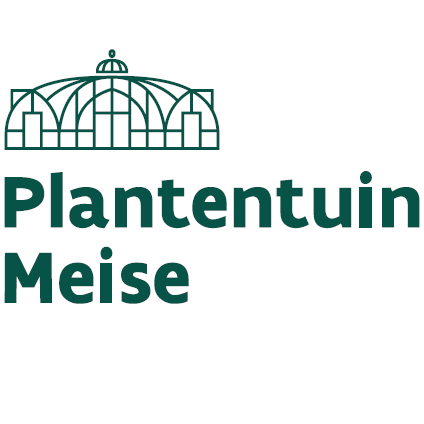The Lycopodiaceae is a member of the spore family, which does not reproduce by seed but by spores. They have smaller leaves than ferns.
The members of Lycopodiaceae are terrestrial or epiphytic in habit and are most prevalent in tropical mountain and alpine environments. Though Lycopodiaceae are most abundant in these regions, they are cosmopolitan, excluding arid environments.
The family comprises 16 accepted genera and about 400 known species.This family originated about 380 million years ago in the early Devonian, though the diversity within the family has been much more recent. Wolf foot is another common name for this family due to the resemblance of either the roots or branch tips to a wolf's paw.
The spores are of one size and are oily and flammable, and are the most economically important aspects of these plants.
Lycopodium powder, consisting of the dry spores of clubmoss plants, or various fern relatives, is a yellow-tan dust-like powder. When it is mixed with air, the spores are highly flammable and are used to create dust explosions as theatrical special effects. Today, the principal use of the powder is to create flashes or flames that are large and impressive but relatively easy to manage safely in magic acts and for cinema and theatrical special effects. Historically it was also used as a photographic flash powder. Both these uses rely on the same principle as a dust explosion, as the spores have a large surface area per unit of volume,and a high fat content. It is also used in fireworks and explosives, fingerprint powders, as a covering for pills, and as an ice cream stabilizer. Lycopodium powder is also sometimes used as a lubricating dust on skin-contacting latex (natural rubber) goods, such as condoms and medical gloves. In physics experiments and demonstrations, lycopodium powder can be used to make sound waves in air visible for observation and measurement, and to make a pattern of electrostatic charge visible. The powder is also highly hydrophobic; if the surface of a cup of water is coated with lycopodium powder, a finger or other object inserted straight into the cup will come out dusted with the powder but remain perfectly dry.
Read more »







